This article was co-authored by Tracy Zollinger Dipl. OM, L.Ac., FABORM. Tracy Zollinger (she/her) is a Licensed Acupuncturist, Herbalist, and the Founder of Island Acupuncture in the San Francisco Bay Area. With over 15 years of experience, Tracy specializes in a holistic approach to reproductive health, fertility, and pre and post-natal care. Tracy creates comprehensive treatment plans using acupuncture, herbs, nutrition, and western labs. She holds a Master of Science in Traditional Chinese Medicine from the Academy of Chinese Culture and Health Sciences and is board certified in integrative reproductive medicine, with a focus on LGBTQIA specific needs.
There are 7 references cited in this article, which can be found at the bottom of the page.
This article has been viewed 22,758 times.
Ashwagandha is a root plant commonly found in India, the Middle East, and eastern Africa. It has been used for centuries as an alternative medicine and has anti-inflammatory, antioxidant, and rejuvenating properties.[1] You can use ashwagandha to treat a number of medical issues, from chronic pain to arthritis to ulcers. Before you use ashwagandha, make sure you speak to your doctor. Then, buy and take ashwagandha safely so you can reap the benefits of this alternative medicine.
Steps
Buying Ashwagandha
-
1Look for ashwagandha in capsule, powder, or tincture form.[2] Pick a form that suits your comfort level. A powder or tincture may be ideal if you do not like swallowing pills.[3]
- Only buy ashwagandha from a reputable vitamin supply shop or a natural health food store to ensure you are consuming a high quality supplement.
-
2Make sure the first ingredient on the label is ashwagandha. Read over the ingredients list to confirm there are no dyes, colorings, additives, or preservatives in the product. You want to buy a product that is as pure as possible.[4]
- You should also check the Daily Value (DV) percentages on the label to make sure you are getting 100% DV. This means you are getting the maximum amount of nutrients in each serving of the supplement.
- You can also look for a “USP Verified” label on the supplement. This means it has been inspected by the U.S. Pharmacopeial Convention and that it contains the ingredients listed on the label. It also means it has been manufactured in sanitary and well-controlled conditions.[5]
Advertisement -
3Confirm the supplier is legitimate and reputable. Make sure there is clear contact information for the supplier listed on the label. Check that the supplier is highly rated online and has positive reviews by consumers.[6]
- You can ask your doctor to recommend a supplier that they trust so you know the ashwagandha is coming from a reliable source.
Taking Ashwagandha
-
1Ask your doctor about taking ashwagandha. Ashwagandha can be used as a dietary supplement and to treat issues like stress, chronic pain, arthritis, ulcers, and mood swings.[7] It can also be used as a sleep aid. Make sure you ask your doctor about the medical uses of ashwagandha, and its benefits for your health based on your medical history, before you take it.[8]
- Ashwagandha can help decrease your body's stress result, which can in turn help with things like anxiety and inflammation.[9]
- Ashwagandha should not be taken with medication to treat diabetes, hypertension, anxiety, depression, and insomnia. If you are currently being treated for any of these issues, speak to your doctor first before taking ashwagandha.
- Do not use ashwagandha if you are pregnant or breastfeeding as it can cause health issues for you or your baby.
-
2Get a recommended dosage from your doctor. Your doctor can suggest a daily amount based on your medical needs. Always follow your doctor’s instructions, rather than the recommended dosage on the label.[10]
- For general health and well-being, you can take 1 to 2 teaspoons (4.9 to 9.9 ml) of powdered ashwagandha, or one capsule once a day.
-
3Have hot milk or water with powdered ashwagandha. For some, the taste of powdered ashwagandha can be unpleasant. Try mixing 1 to 2 teaspoons (4.9 to 9.9 ml) of powdered ashwagandha in one to two cups of hot milk or boiling water to mask the taste. You can then sip it as a warm drink or tea.[11]
- You can also add 1⁄4 teaspoon (1.2 ml) sugar or ghee to the ashwagandha to make it taste better.
-
4See your doctor if you experience any adverse side effects. If you experience nausea, upset stomach, or diarrhea when you take ashwagandha, see your doctor right away. Your doctor may suggest a lower dosage or a different course of treatment that will not cause these issues.[12]
Expert Q&A
Did you know you can get expert answers for this article?
Unlock expert answers by supporting wikiHow
-
QuestionWhat does ashwagandha do?
 Tracy Zollinger Dipl. OM, L.Ac., FABORMTracy Zollinger (she/her) is a Licensed Acupuncturist, Herbalist, and the Founder of Island Acupuncture in the San Francisco Bay Area. With over 15 years of experience, Tracy specializes in a holistic approach to reproductive health, fertility, and pre and post-natal care. Tracy creates comprehensive treatment plans using acupuncture, herbs, nutrition, and western labs. She holds a Master of Science in Traditional Chinese Medicine from the Academy of Chinese Culture and Health Sciences and is board certified in integrative reproductive medicine, with a focus on LGBTQIA specific needs.
Tracy Zollinger Dipl. OM, L.Ac., FABORMTracy Zollinger (she/her) is a Licensed Acupuncturist, Herbalist, and the Founder of Island Acupuncture in the San Francisco Bay Area. With over 15 years of experience, Tracy specializes in a holistic approach to reproductive health, fertility, and pre and post-natal care. Tracy creates comprehensive treatment plans using acupuncture, herbs, nutrition, and western labs. She holds a Master of Science in Traditional Chinese Medicine from the Academy of Chinese Culture and Health Sciences and is board certified in integrative reproductive medicine, with a focus on LGBTQIA specific needs.
Licensed Herbalist & Acupuncturist
References
- ↑ https://www.ncbi.nlm.nih.gov/pubmed/10956379
- ↑ Tracy Zollinger Dipl. OM, L.Ac., FABORM. Licensed Herbalist & Acupuncturist. Expert Interview. 6 October 2020.
- ↑ https://www.organicfacts.net/health-benefits/herbs-and-spices/health-benefits-of-ashwagandha-or-indian-ginseng.html
- ↑ https://achs.edu/blog/2016/12/02/dangerous-supplement-ingredients/
- ↑ https://www.usp.org/verification-services/verified-mark
- ↑ https://www.consumerreports.org/supplements/how-to-choose-supplements-wisely-a2238386100/
- ↑ Tracy Zollinger Dipl. OM, L.Ac., FABORM. Licensed Herbalist & Acupuncturist. Expert Interview. 6 October 2020.
- ↑ https://www.drugs.com/npp/ashwagandha.html
- ↑ Tracy Zollinger Dipl. OM, L.Ac., FABORM. Licensed Herbalist & Acupuncturist. Expert Interview. 6 October 2020.
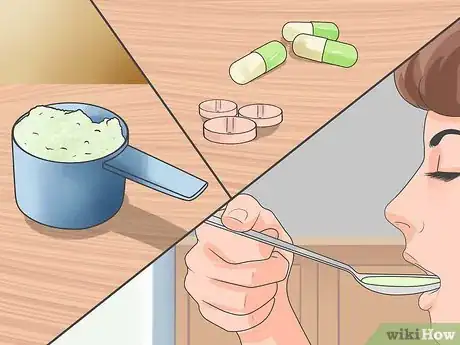

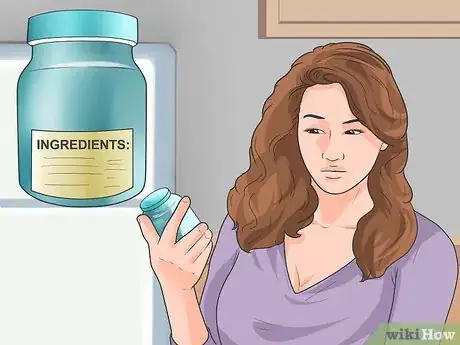

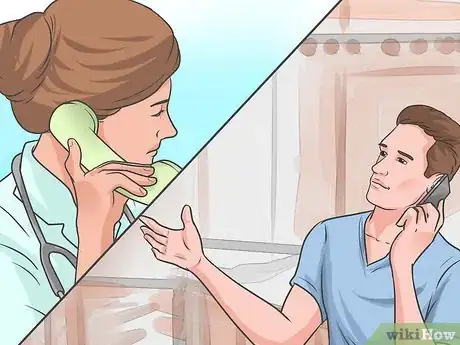


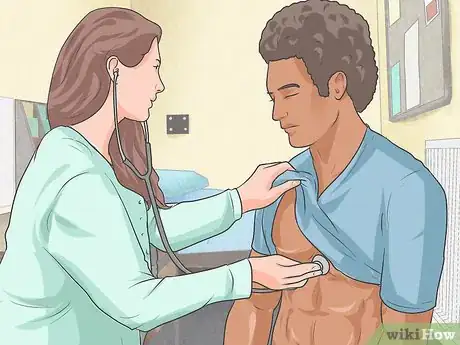


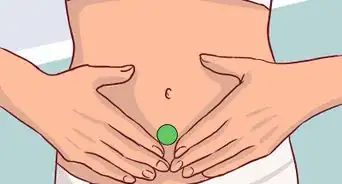



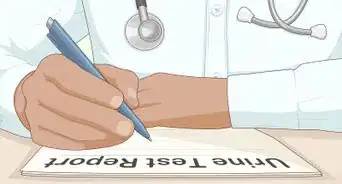
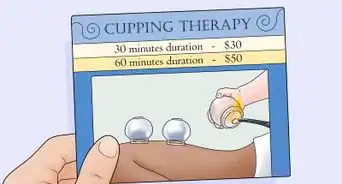













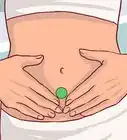




































Medical Disclaimer
The content of this article is not intended to be a substitute for professional medical advice, examination, diagnosis, or treatment. You should always contact your doctor or other qualified healthcare professional before starting, changing, or stopping any kind of health treatment.
Read More...